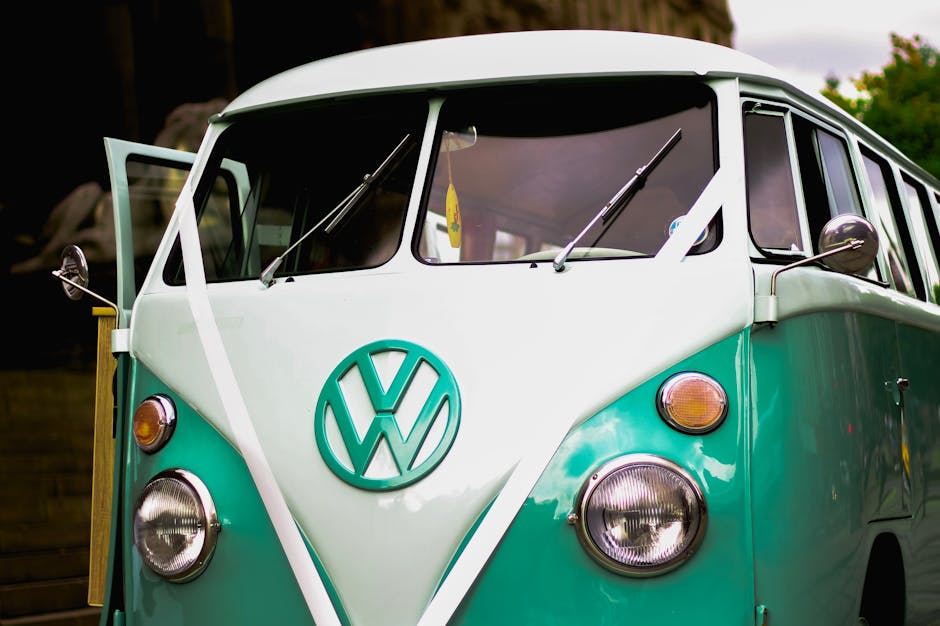How to Transport Your Classic Car Safely to Shows and Events

Transporting a classic car to shows and events requires careful planning and attention to detail. Owners of these vintage beauties understand the importance of preserving their condition while ensuring safe transport. The process involves choosing the right transportation method, understanding insurance needs, preparing the car for Let's explore how to achieve this seamlessly.
Choosing the Right Transportation Method
Selecting the appropriate transportation method is crucial for safeguarding your classic car. There are generally two main options: open transport and enclosed transport.
- Open Transport: This is a cost-effective method where cars are transported on an open trailer. It offers less protection compared to enclosed transport but is suitable for short distances or less valuable cars.
- Enclosed Transport: This method involves transporting cars in a fully enclosed trailer, providing maximum protection from weather elements, road debris, and potential damage. It is the preferred choice for high-value or rare classic cars.
Enclosed transport can be further divided into soft-sided and hard-sided trailers. Soft-sided trailers have flexible sides that offer some protection, while hard-sided trailers provide the highest level of security.
| Transport Method | Protection Level | Cost |
|---|---|---|
| Open Transport | Low | Affordable |
| Enclosed Transport (Soft-Sided) | Medium | Moderate |
| Enclosed Transport (Hard-Sided) | High | Expensive |
Understanding Insurance Needs
Insurance is a vital aspect of transporting a classic car. Standard auto insurance policies may not cover the specific risks associated with transporting vintage vehicles. Here are some key considerations:
- Transport Insurance: Ensure that your chosen transport company offers adequate insurance coverage specifically for classic cars. Verify their policy limits and exclusions.
- Your Insurance Policy: Contact your insurance provider to discuss additional coverage options for transport-related risks. Consider policies that cover damage during loading, unloading, and transit.
- Valuation: Have your car appraised before transportation to establish its current market value. This helps in claiming accurate compensation in case of damage or loss.
Avoid relying solely on the transport company's insurance. It's often wise to have supplementary coverage from your insurer for comprehensive protection.
Preparing Your Classic Car for Transport
A thorough preparation ensures that your classic car arrives at its destination in pristine condition. Follow these steps:
- Clean the Car: Wash and wax your car to protect the paint and make it easier to inspect for any pre-existing damages.
- Document Condition: Take detailed photos of your car from various angles, noting any existing scratches, dents, or other damages. Share these with the transport company.
- Check Fluids: Ensure all fluids (oil, coolant, brake fluid) are topped off but avoid overfilling. Secure or remove any loose parts or accessories.
- Tire Pressure: Check tire pressure and inflate them to the recommended levels. Properly inflated tires help prevent damage during loading and unloading.
- Fuel Level: Keep the fuel tank about one-quarter full. This is enough for loading and unloading but reduces weight during transit.
An additional tip is to disable alarms and anti-theft devices to prevent them from activating during transport.
Arriving at the Show or Event
The final step is ensuring your classic car is ready for display upon arrival at the show or event. Here's what you need to do:
- Inspect Upon Arrival: Conduct a thorough inspection of your car upon delivery. Compare its condition with the pre-transport photos to identify any new damages.
- Report Issues Immediately:If you find any damages, report them immediately to both the transport company and your insurance provider. Document everything with photos and written notes.
- Detailed Cleaning: Give your car a detailed cleaning and polish to ensure it looks its best for display. Touch up any minor scratches or marks that may have occurred during transit.
- Pepare for Judging:If you're participating in a judged event, double-check all aspects of your car's appearance and functionality. Pay attention to engine cleanliness, interior detailing, and overall presentation.
Your preparedness will reflect in how well your classic car is received by enthusiasts and judges alike.
The process of transporting a classic car safely involves multiple steps, each requiring attention to detail and careful planning. Choosing between open and enclosed transport depends on factors like distance, value, and desired protection level. Understanding insurance needs ensures you're covered against potential risks during transit. Preparing your vehicle thoroughly helps maintain its pristine condition upon arrival.
The final stage involves careful inspection and presentation at shows or events. Each step plays a crucial role in ensuring your classic car remains protected throughout its journey, allowing you to focus on showcasing its beauty and history without worry. By following these guidelines, you can confidently transport your classic car safely to any show or event.